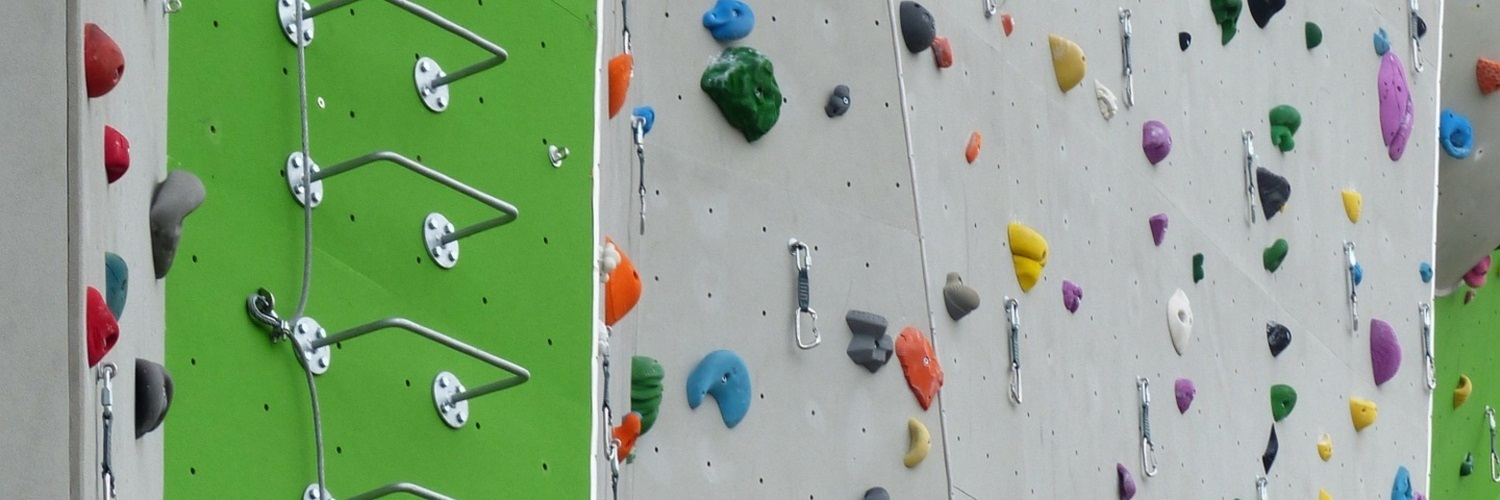The Value of Mathematical Simplicity

What does “simple” mean in math?
I have always found the word “simple” to be sort of tricky. It’s a word we use in lots of different ways, to mean many different things. How you use it, and how it’s taken by whoever you’re talking with, depends on the situation. Sometimes, you hear it used as a mantra, as in, “keep it simple….” In this manner, simple is equivalent to “uncomplicated” or “straightforward”. In this way, it’s a positive use, at least to me; a reminder that sometimes the best approach is the one that is most direct, or the least complex. Other times, and these are the ones that get me, you’ll have a question, or be confused and someone will offer something like, “Well, it’s simple, you just….” In this case, my response (usually in my head, but not always) is “it might be simple for YOU, but that doesn’t mean it’s easy for ME.” In this way, “simple” can be a term that deepens frustration or makes others feel unsure, or even (in its very worst uses) small or inadequate.
A practical example of simplicity
In the world of what I think of as “formal mathematics”, simple actually has a pretty clear definition. When we talk about keeping a solution simple, like in our Squares problem, what we really mean is that we want to keep the answers, and our approach to them, as uncomplicated and direct as possible. I think of it like driving. Often, when you’re driving somewhere, you have lots of different options for which roads to take to arrive at your destination. When I take my kids to school each morning, we have what my kids call “the back way”, we have an option that involves the highway, and we have the option that the GPS would offer me, which is the shortest distance. The simplest way, in this case, would be the one that has the fewest number of turns, the least complicated. The difference between the Squares problem and this driving example is that we know driving often has additional circumstances to consider - weather, traffic, street lights, speed, and so on. While I know which route to school is the LEAST complicated, I often don’t choose that route in the morning, because that way also has the most traffic. Happily, as we’re solving math problems, we usually don’t have the additional layer of circumstances to consider as we would with driving.

Encouraging simplicity
In the Squares problem, the simplest solution is the one that requires the least drawing. There are many ways to divide the first square into smaller squares that will move the solver to a solution for this problem, but if we don’t keep in mind that we’re looking for a simple solution, drawings can get pretty crazy pretty fast. We very much encourage you to allow this to happen - learners need to experiment, and often, we don’t recognize the simple way to solve a problem until we’ve tried 10 other more complicated solutions. As a parent, mentor, or teacher, your role in this case is to encourage the solver to repeatedly evaluate their drawing, and to ask questions like “How do you think you could get the same solution by drawing fewer lines?” or, “What other way could you dissect the square so that you could use the same drawing to continue forward to the next step?”
Simplicity: one of many skills
There is value to helping kids to simplify their thinking, and aspire to simple solutions. The process of simplifying a solution helps us to think critically about the current solution/process, and how to strip it back to only the most necessary parts. Working towards “simple” helps kids to clarify their own thinking, and makes it easier for them to explain their thinking to others, which is a skill that has immeasurable value in life (think of how many times someone explains something to you in a confusing or overly complicated way!). BUT, please don’t feel overburdened by the idea that you always have to simplify your thinking. It’s not a bad thing to do, but it’s also just one skill of many that a solver is learning all at once. Not every problem has to build every skill every time. In the Squares problem, aiming for a simple solution really helps move thinking forward, but in other problems, that helpful skill might be something else entirely.
Did you find this blog useful? Follow this blog using the links above to get other useful ideas from exSTEMsions delivered right to your inbox!
Want simple problems to work through with your kids? Try one of our short, sweet, SIMPLEmini-challengesfrom our TpT Store.



